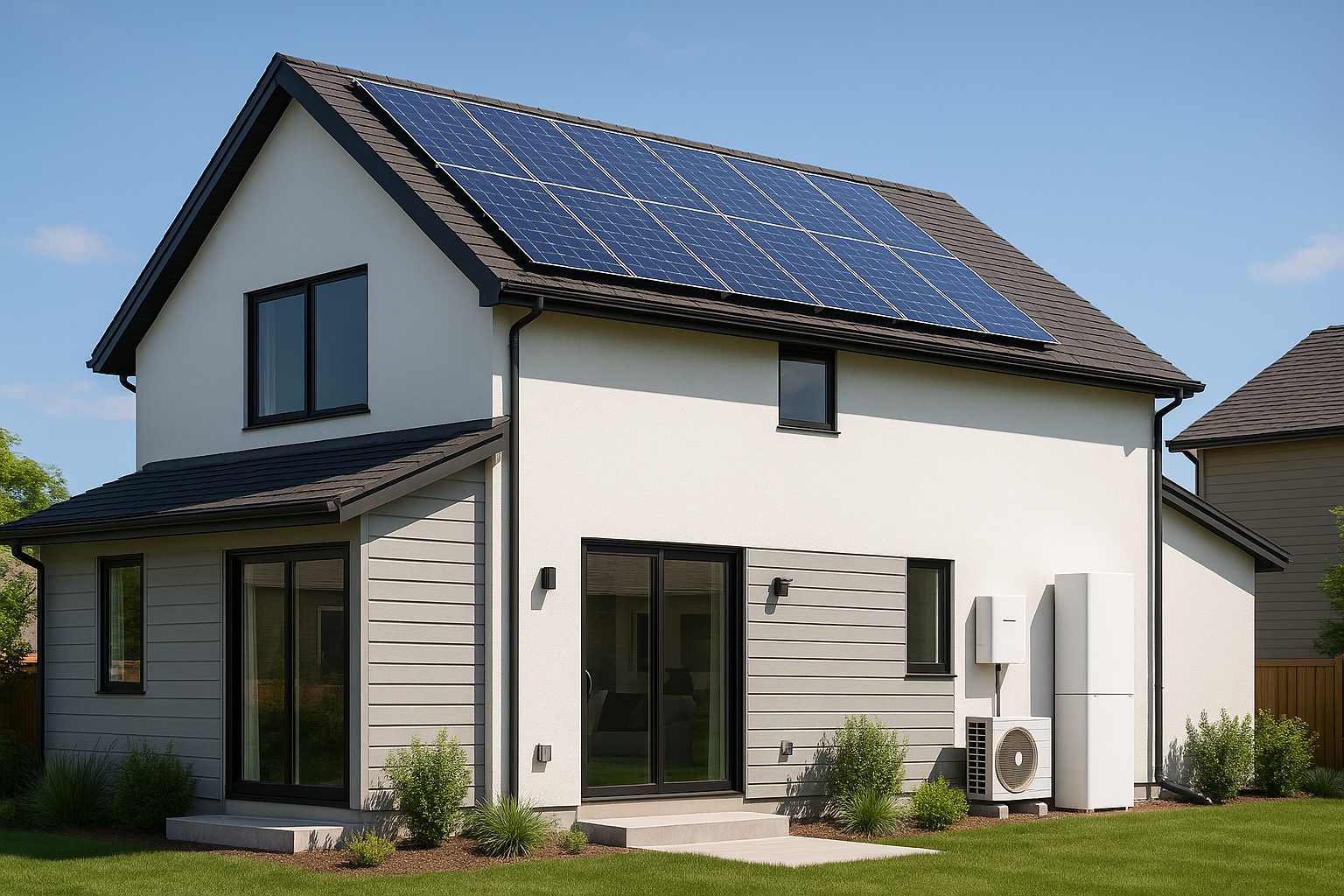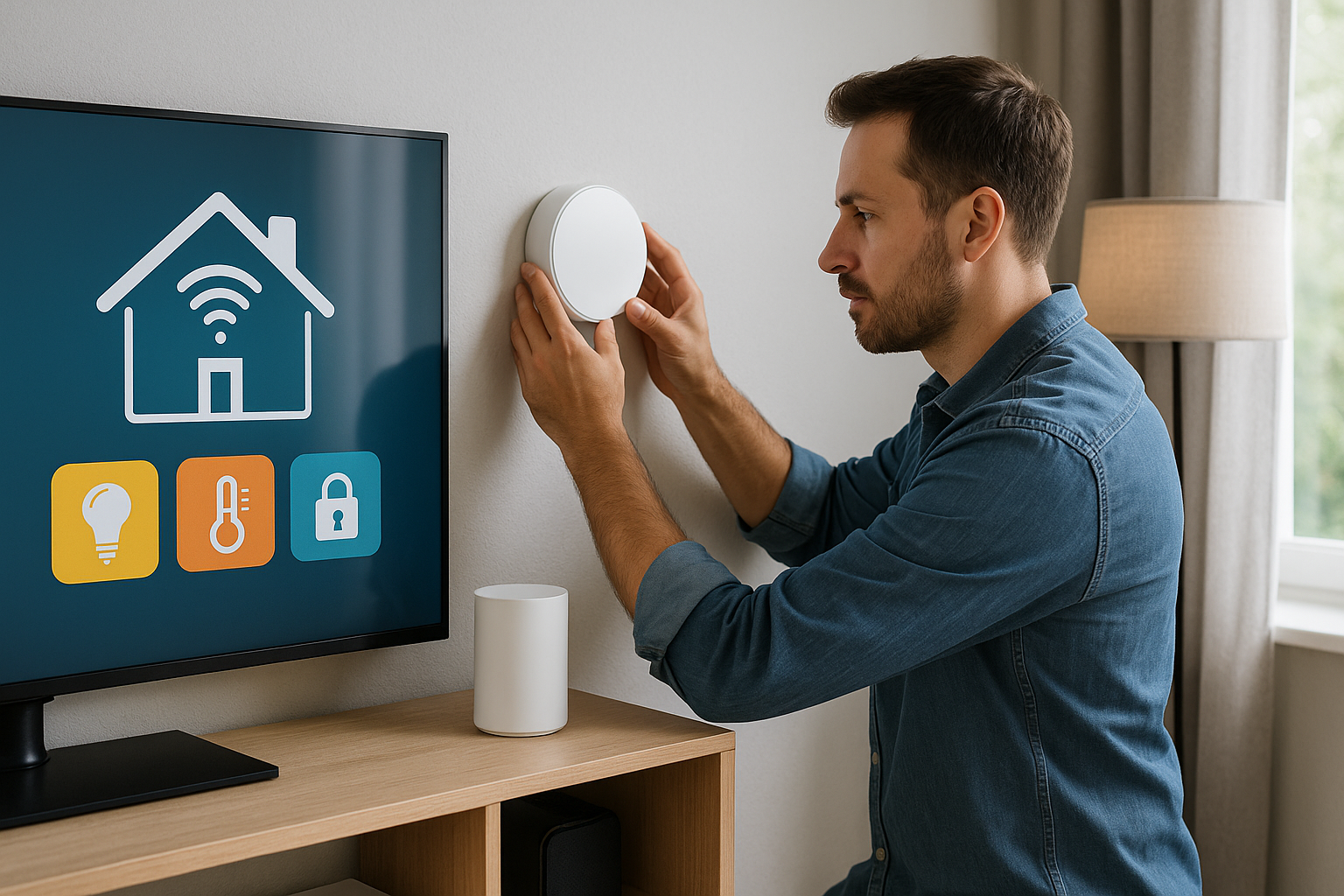Sustainable home features are becoming increasingly important for homebuyers and sellers in Ontario.
Understanding Sustainable Home Features
Sustainable home features are designed to reduce environmental impact and promote energy efficiency. They not only benefit the planet but can also enhance your quality of life and increase your home’s value.
In this blog post, we’ll explore the various sustainable home features that buyers should consider and sellers should highlight.
Energy Efficiency
Energy efficiency is at the core of sustainable home features. It refers to the use of technology and design to minimize energy consumption.
- Insulation: High-quality insulation helps maintain comfortable indoor temperatures.
- Energy-efficient windows: Double or triple-glazed windows reduce heat loss.
- Smart thermostats: These devices optimize heating and cooling based on usage patterns.
All these features work together to lower energy bills and reduce your carbon footprint.
Water Conservation
Water conservation is another key aspect of sustainable homes. Implementing measures to reduce water usage is essential in today’s climate.
- Low-flow fixtures: Toilets, faucets, and showerheads that minimize water use.
- Rainwater harvesting: Systems that collect and reuse rainwater for irrigation.
- Xeriscaping: Landscaping designs that use drought-resistant plants.
These features help homeowners save money on water bills and conserve precious resources.

Renewable Energy Sources
Incorporating renewable energy sources is a significant step towards achieving sustainability in your home.
- Solar panels: Generate electricity and can significantly reduce utility costs.
- Wind turbines: Suitable for properties with enough space to harness wind energy.
- Geothermal systems: Use the earth’s heat for heating and cooling your home.
These options allow homeowners to produce their energy and contribute to a greener planet.
Smart Home Technology
Smart home technology can complement sustainable home features by increasing efficiency and convenience.
- Smart lighting: LED lights that can be controlled remotely, reducing energy use.
- Energy monitoring systems: Track energy consumption for greater awareness.
- Automated systems: Adjust heating, cooling, and lighting based on occupancy.
These technologies make it easier to manage energy consumption effectively.
Materials and Construction
The materials used in construction greatly impact the sustainability of a home.
- Recycled materials: Using recycled resources minimizes waste during construction.
- Sustainable wood: Certified wood sourced from managed forests.
- Non-toxic paints and finishes: Improve indoor air quality and reduce chemical exposure.
Choosing sustainable materials contributes to a healthier living environment and protects our forests and resources.

The Benefits of Sustainable Home Features
Sustainable home features offer numerous benefits for both buyers and sellers:
- Increased Property Value: Homes with sustainable features often sell for more.
- Lower Operating Costs: Efficient homes result in lower utility bills.
- Healthier Living Environment: Improved air quality and comfort.
- Environmental Impact: Reduce your carbon footprint and contribute to sustainability.
Investing in sustainable features is not just a choice; it’s a commitment to better living.
Conclusion
Incorporating sustainable home features is a win-win for buyers and sellers in Ontario. As demand for greener living spaces continues to grow, staying informed about these features is essential.
Consider the advantages of sustainable living and how it can positively impact your future.
Looking to buy or sell this season? Contact Bridge today.




